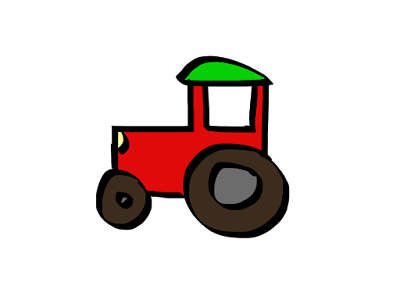Present Final Project
We presented our games today. We showed our game, Tiny Farm to the class and we got a chance to see other peoples work. I looked at Rob Byrne's Project, Chloe and Rebecca's project and Dani's project. Rob's project was a puzzle game. It consisted of three levels. You clicked on each puzzles piece and it moved, you clicked it till you though it was at the right position. There were 8 pieces. After you finished the level you went back to the menu page a clicked on the next level. The colours were nice and calming. The colours are suitable for children with autism. His illustrations were cute little monsters and a small background behind him. He made his game using Unity. Although it was simple it was effective. I really liked the design. Chloe and Rebecca's game was very well designed. They made a multimedia magazine. It included audio interviews and videos. I thought it would've made a cool group project too. They made their magazine on Adobe InDesign. ...




